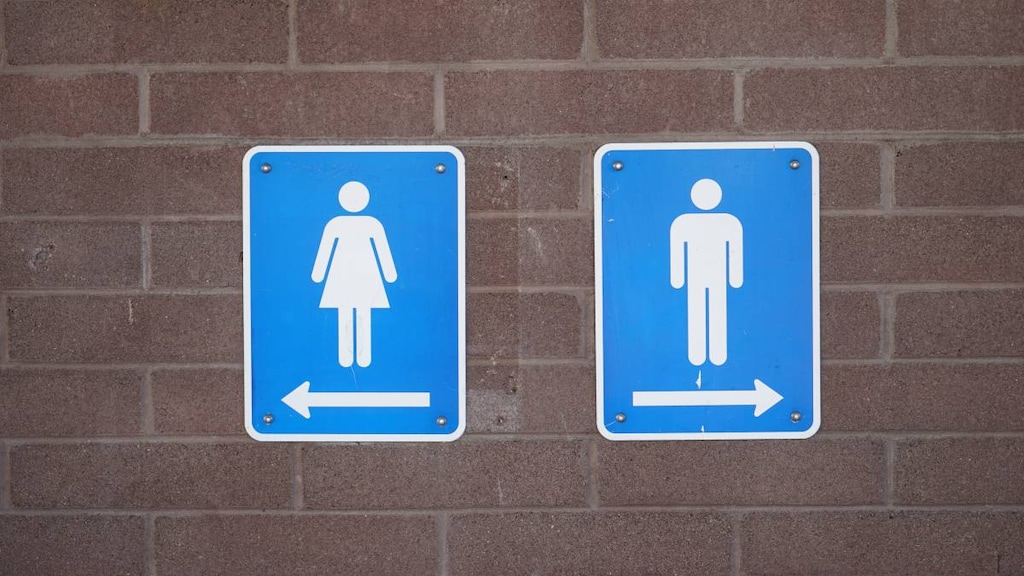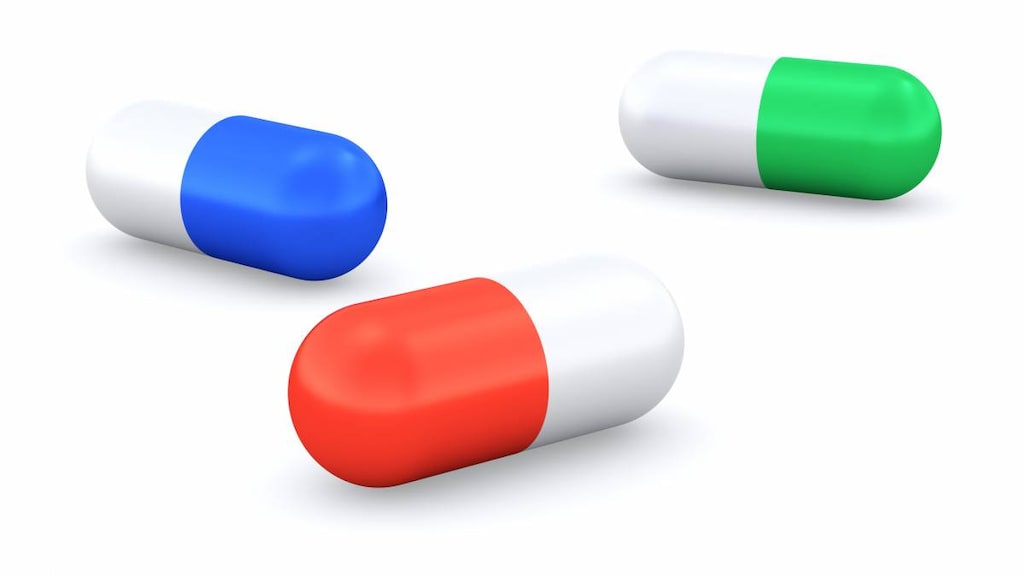
What is a urinary tract infection (UTI)?
A urinary tract infection (UTI) is an infection in your urinary tract.
Your urinary tract includes your bladder, kidneys, ureter (the tube that connects your kidneys to your bladder), and urethra (the tube that removes urine from your body).
A bladder infection is a type of urinary tract infection, but not all UTIs are bladder infections.
What causes a urinary tract infection (UTI)?
Most urinary tract infections (UTIs) are caused by bacteria that normally live in the bowel, such as Escherichia coli, Klebsiella pneumoniae, or Staphylococcus saprophyticus. Occasionally, UTIs may be caused by fungi, such as Candida species.
Normally urine is sterile, but in certain circumstances (see risk factors below), bacteria from the bowel can move up the urethra and enter the bladder.
A UTI may be classified depending on the area of the urinary tract it affects, for example:
- If the UTI affects the urethra it is known as urethritis
- If the UTI affects the bladder it is known as cystitis
- If the UTI affects the kidneys it is known as pyelonephritis which can cause kidney damage if left untreated.
Who is most at risk of developing a urinary tract infection (UTI)?
Women of all ages are most at risk of UTIs because the female urethra is much shorter than the male urethra, which allows bacteria near the vagina to enter the bladder more easily. Older males are also at a higher risk. Other factors that increase the risk of a UTI include:
- Wiping from back to front after a bowel movement
- Being postmenopausal
- Certain contraceptives (eg, diaphragms or spermicides)
- Diabetes
- Enlarged prostate
- Having a urinary catheter
- Having a weakened immune system
- Poor personal hygiene
- Pregnancy
- Sexual intercourse
- Structural defects of the urinary tract
- The presence of kidney or bladder stones
- Urinating without fully emptying the bladder.
UTIs in children are reasonably common, affecting up to 8% of girls and 2% of boys. Young children also have a higher risk of kidney damage from UTIs than adults. Some children are born with vesicoureteral reflux, where urine reenters the bladder from one or both ureters, which also increases the likelihood of UTIs.
What are the symptoms of a urinary tract infection (UTI)?
Symptoms of a UTI can differ depending on what part of the urinary tract is infected.
A bladder infection usually causes symptoms that include the following:
- Burning when urinating (the medical term for this is dysuria)
- Pain in the pelvic area just above the pubic bone
- The feeling that you need to pee frequently, but when you go to the toilet very little urine comes out.
Bladder infections are usually considered a “simple UTI” and treatment is usually with antibiotics (such as trimethoprim or amoxicillin-clavulanate potassium) for three to five days. Symptoms usually resolve in a couple of days.
People with an infection of the urethra (called urethritis) may experience symptoms similar to a bladder infection in addition to itching or irritation at the end of the urethra where the pee comes out.
Symptoms of a kidney infection are usually more widespread and more severe than those of a bladder infection and may include:
- Burning when urinating
- Cloudy or foul-smelling urine
- Fever or chills
- Moderate to severe lower back pain
- Nausea or vomiting
- Pain in the pelvic area just above the pubic bone
- Pink or red-tinged urine (this is a sign of bleeding in the urinary tract)
- The feeling that you need to pee frequently, but when you go to the toilet very little urine comes out.
Kidney infections are considered the worse type of UTI and usually start as a bladder or urethra infection but then the bacteria multiply and travel up to the kidneys. Kidney infections are usually called complicated UTIs and some people may require hospitalization for intravenous antibiotics. Less severe infections may be treated with oral antibiotics over a week or more. Untreated kidney infections can be life-threatening.
How is a urinary tract infection (UTI) diagnosed?
See your doctor as soon as you can if you think you may have a urinary tract infection. Your doctor will ask you about your symptoms and your history of UTIs. They may conduct a physical examination and test a sample of your urine for bacteria and blood cells.
If an underlying cause is suspected, further tests, such as ultrasound, computerized tomography (CT) scans, or specialized x-rays of the urinary tract may be conducted.
How is a urinary tract infection (UTI) treated?
Urinary Tract infections (UTIs) are usually treated with antibiotics. Prompt treatment is important to prevent a kidney infection.
Depending on the antibiotic, the course may be taken for three to ten days and the whole course should be taken, even if you feel better before then. Symptoms usually start to improve within 24 to 48 hours with antibiotics.
In addition, you should avoid fluids that may irritate the bladder (such as fizzy drinks, alcohol, coffee, and tea) and treat any pain with medications such as paracetamol.
How can you prevent a urinary tract infection (UTI)?
There is controversy over whether unsweetened cranberry juice is an effective treatment or prevention for UTIs. A 2013 review of 24 studies concluded that is was less effective than previously thought. The risk of UTIs may be lessened by staying hydrated and urinating when the need arises, not holding it in.
Women should wipe from front to back after a bowel movement, urinate before and after sex, and avoiding using douches, vaginal sprays, and scented feminine hygiene products. They should avoid wearing restrictive, synthetic clothing, or change out of such clothing as soon as possible after exercising or swimming.




